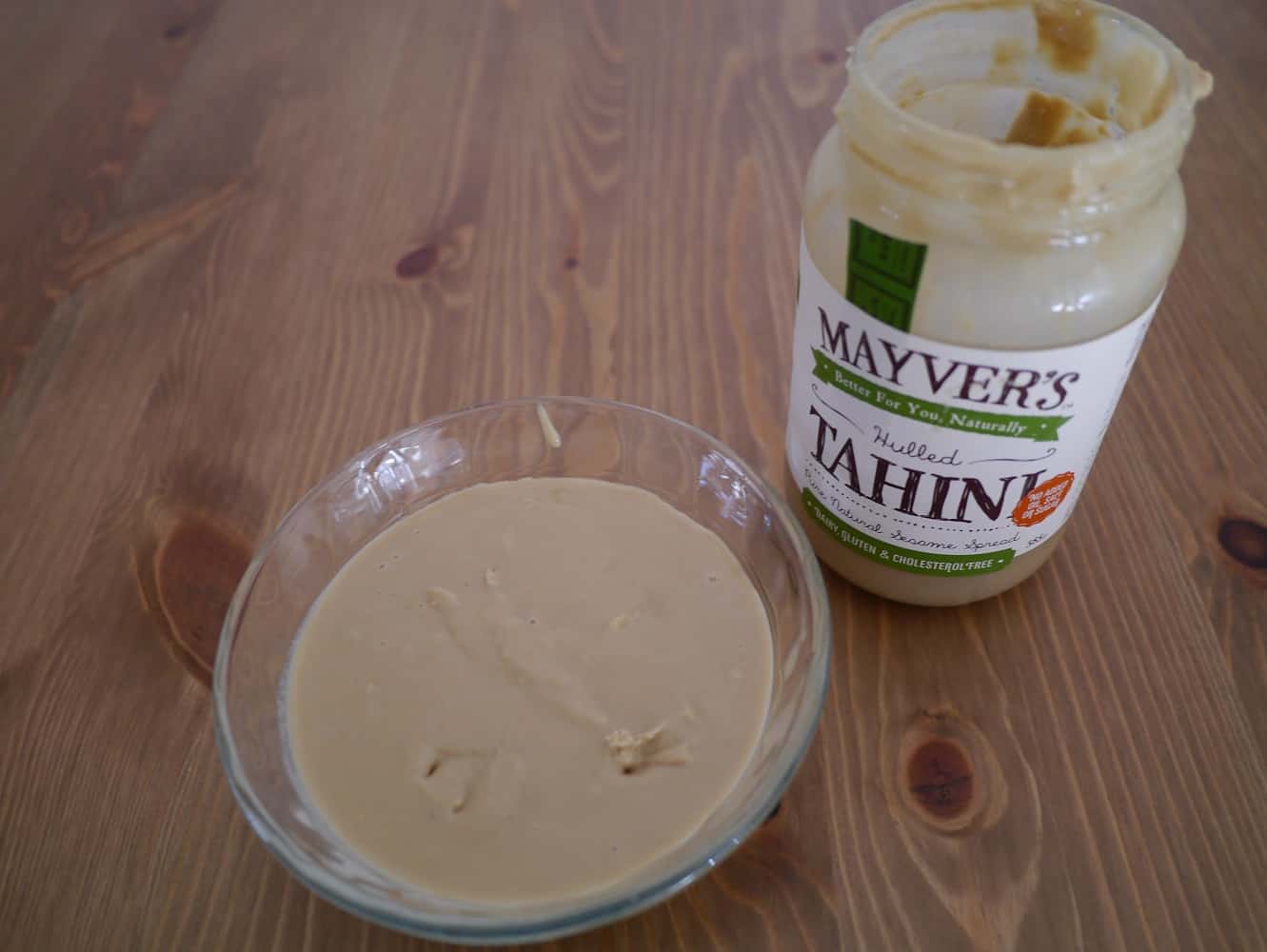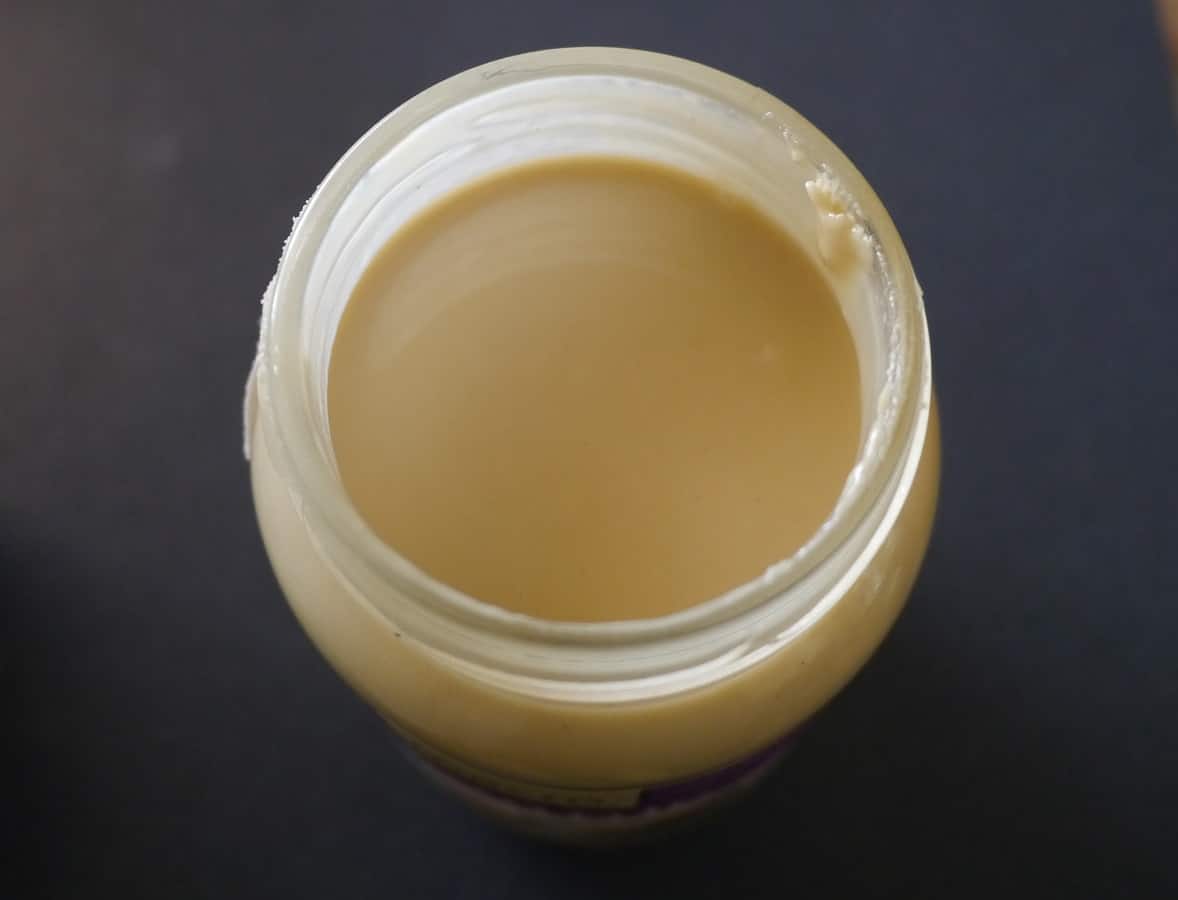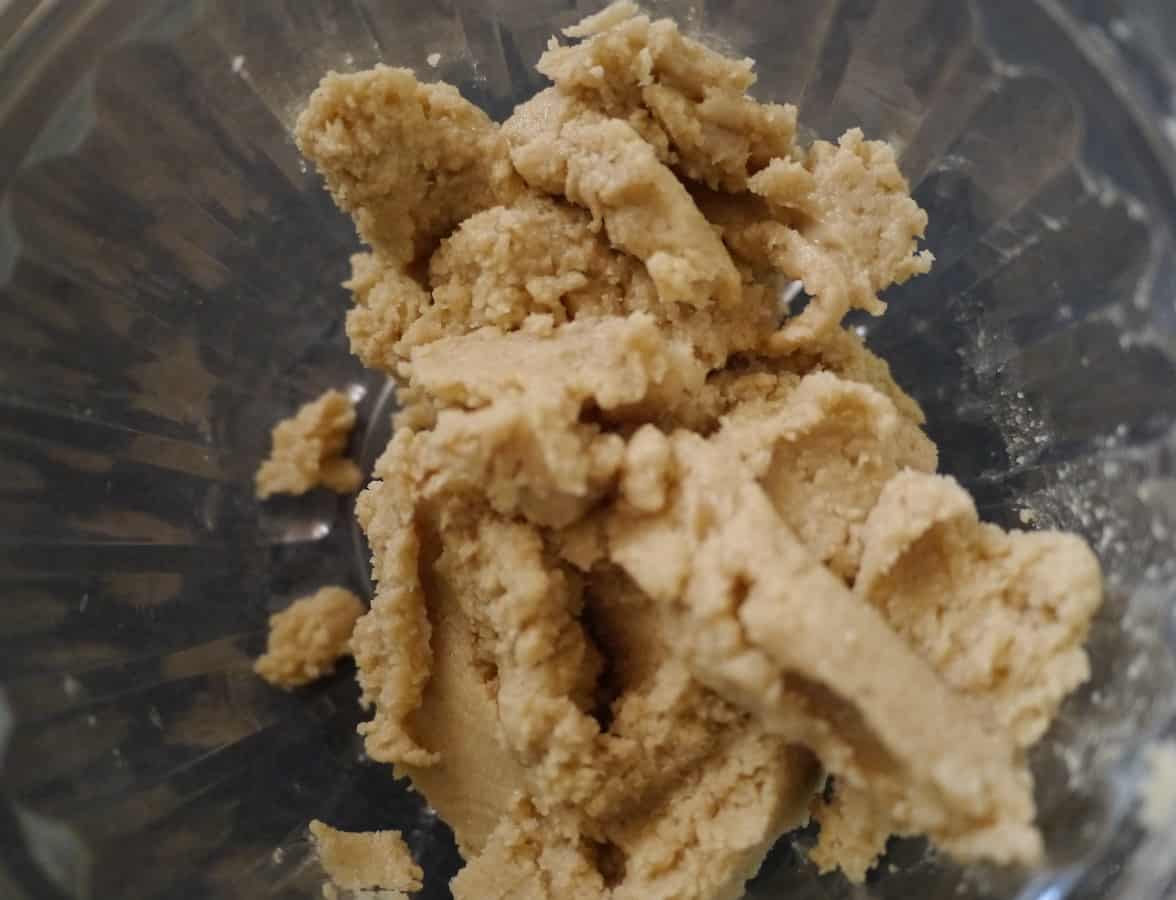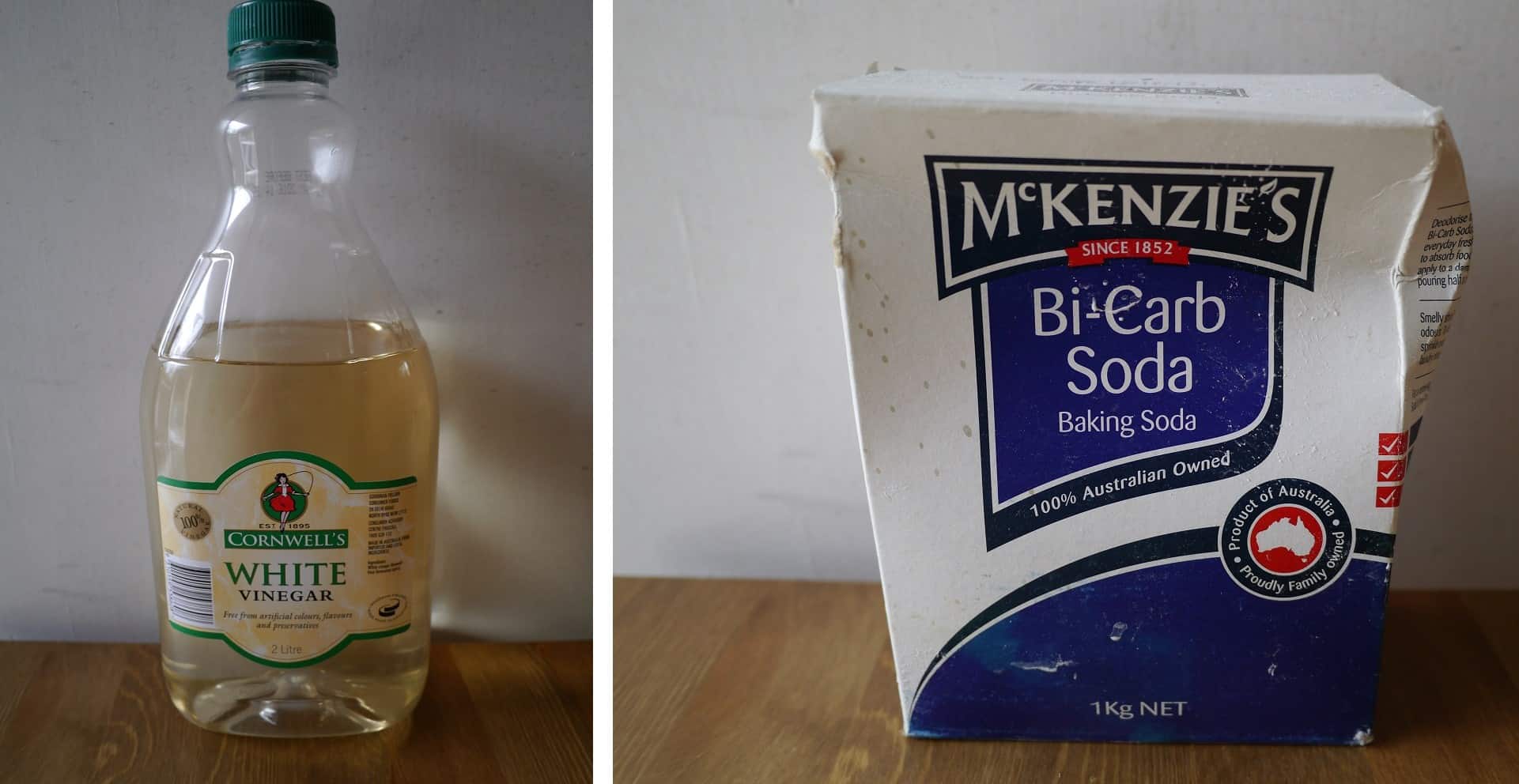After my recent blog post on trying to make my own tahini, which was motivated by my desire to use less packaging, I thought I’d write about my quest for a zero-waste kitchen. Let’s be clear, though. I do not have a zero-waste kitchen. It is something that I aspire to, something I’m working towards, but I am not there yet. I might never get there completely either, but it’s something to strive for.
This is my journey so far.
My zero-waste successes
I predominantly buy my groceries from bulk-buy stores. I have a few local stores to choose from that sell nuts, seeds, flours, grains, pulses, beans, herbs and spices in bulk, and I store everything in the pantry in glass jars. I can also buy some condiments in bulk, such as tamari and soy sauce, and cleaning products like dishwashing liquid.
 Rather than use the bags supplied by the stores, I take my own. I re-use old paper bags (I once read that a paper bag takes three times more energy to make than a plastic bag, so my goal is to use each bag at least 3 times), and also have reuseable washable cloth and netting bags. If reusing paper bags, it’s worth checking what was in there last time. Cinnamon-flavoured brazil nuts are a pleasant surprise, chilli-flavoured sugar is less delightful! I also have a rule that I can’t take any new paper bags from the shop – if I don’t have enough then I have to go without. It’s a good lesson in being more prepared next time!
Rather than use the bags supplied by the stores, I take my own. I re-use old paper bags (I once read that a paper bag takes three times more energy to make than a plastic bag, so my goal is to use each bag at least 3 times), and also have reuseable washable cloth and netting bags. If reusing paper bags, it’s worth checking what was in there last time. Cinnamon-flavoured brazil nuts are a pleasant surprise, chilli-flavoured sugar is less delightful! I also have a rule that I can’t take any new paper bags from the shop – if I don’t have enough then I have to go without. It’s a good lesson in being more prepared next time!

At my local farmers market there is an egg seller who takes back old egg cartons for re-using. I store my eggs in their boxes at home, so I have four of these so I can return the empty ones to swap with new ones without running out in between. We also have local olive oil producers at the market who sell oil in bulk and refill bottles.
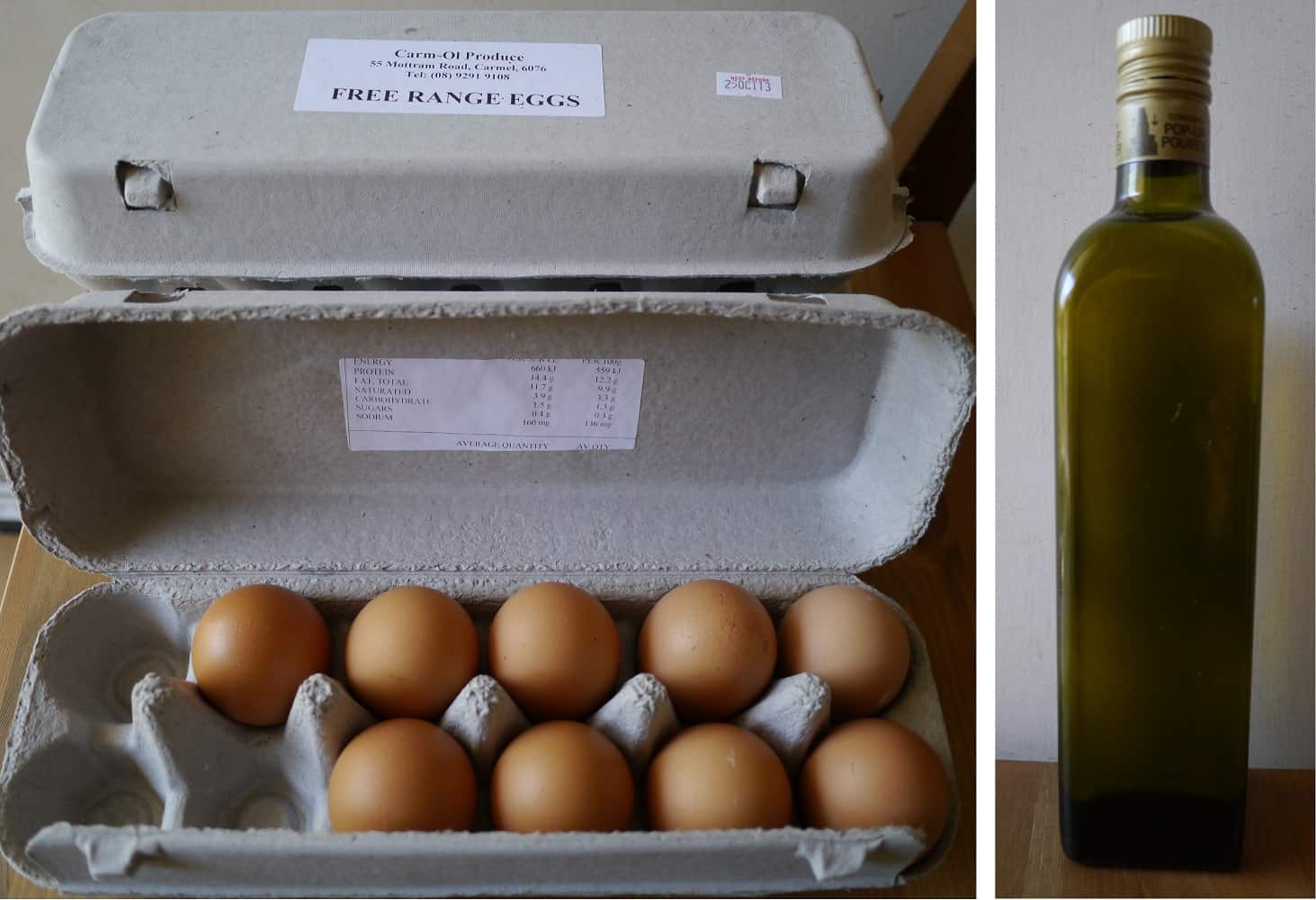 It goes without saying that I only buy loose produce from the other stalls.
It goes without saying that I only buy loose produce from the other stalls.
If I want to buy items from the deli counter or fishmongers, I take my own containers. When you do this, it’s worth making sure that the assistant weighs your container first – you don’t want to pay for the privilege!
As much as possible, I prepare my meals from scratch to save on packaging, because it tastes far better, saves money, is additive- and preservative-free and is FUN! As well as meals, that includes making my own bread, yoghurt, nut milk, dips… and I’m always interested in learning something new.
My Semi-Successes
We get most of our fruit and vegetables delivered via a local organic veg box scheme. The produce arrives predominantly packaging free, but usually there’s a paper bag in there with something inside. Typically the potatoes and carrots arrive bagged. This means that despite my refusal to pick up new bags at the bulk produce stores, I still seem to be gradually accumulating them. The company were very good about not putting any of my produce in plastic when I requested it – I wonder if I call and ask for no bags at all they will be able to accommodate me?
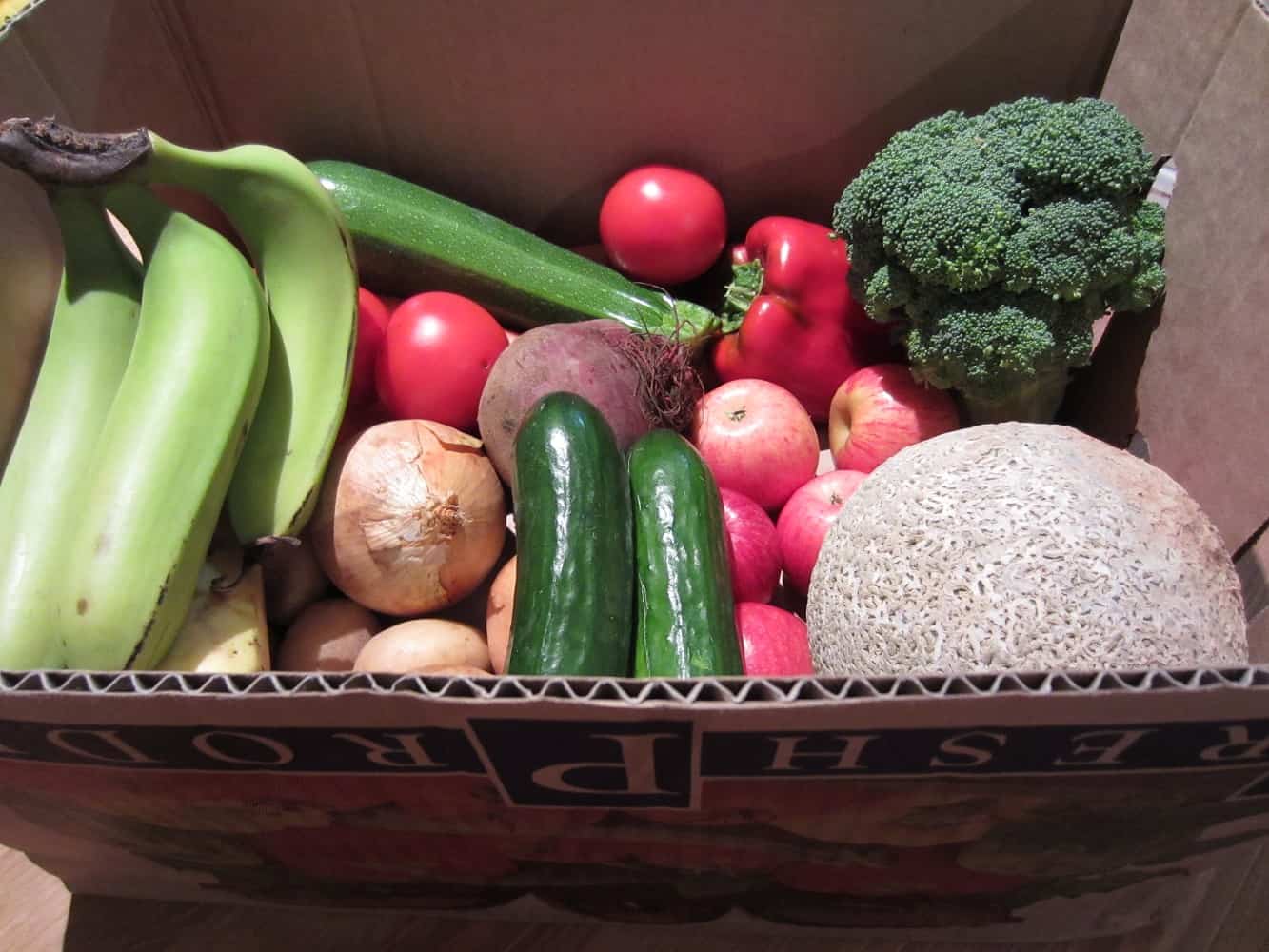 The boxes that the vegetables come in get returned each week for re-using.
The boxes that the vegetables come in get returned each week for re-using.
I have struggled a little with pasta. I have found one shop that sell vermicelli nests in bulk, as it seems harder to find than rice and other grains. Maybe this is because it is bulky. Sometimes we are caught short, and this means we do buy pasta occasionally in cardboard packaging. We try to stick to spaghetti rather than bulky shapes because the packaging is smallest with this.
 (In the last month Barilla have been swept up in calls for a boycott after the Chairman said he would never feature gay families in his advertising, and if gay people didn’t like his message, they could eat another pasta. I’m on the fence about this. I like that they package their products in cardboard and support this, yet the idea of importing pasta to Australia from Italy does seem a little unnecessary. Really, I should make my own…or switch to eating potatoes.)
(In the last month Barilla have been swept up in calls for a boycott after the Chairman said he would never feature gay families in his advertising, and if gay people didn’t like his message, they could eat another pasta. I’m on the fence about this. I like that they package their products in cardboard and support this, yet the idea of importing pasta to Australia from Italy does seem a little unnecessary. Really, I should make my own…or switch to eating potatoes.)
The first tip we picked up from taking part in Plastic Free July in 2012 was lining our bin with used newspapers. If you want to know how to line your bin, check my post about it here. With a zero waste kitchen we shouldn’t need a bin, but we have no composting facilities where we currently live and what we can’t feed to our worms (and what little plastic sneaks in) still goes to landfill.
We buy milk from a local producer called Sunnydale who take back the empty bottles for re-using. We get stuck with the lids (which we can’t return) but it’s pretty waste free. I have a friend who has goats for milking…maybe that is the next step!?
Things to Work On
There’s still things that we buy in glass jars and tins. I buy tinned tomatoes (I have had a go at canning my own once – it was time-consuming and messy, although successful – but I ended up with three jars. Mass production, I think, is the key. Maybe when tomatoes are in season this year I’ll buy a heap and try to can a shedload of them – not that I have a shed to store them in…). I buy coconut milk, and this is on my list of things to try to make. Tahini is another one!
We have just used up our last jar of olives and I want to start getting these from a deli in future, which should mean better quality as well as less packaging.
My boyfriend likes to drink the odd beer, and beer bottles (and occasionally wine bottles) end up in the recycling bin. These are not something we keep for re-using. On the list for the distant future (when we have the space), homebrew is something that I think he’d like to try.
What else? I recently bought some cocoa butter, which came in a plastic lined bag. I know that it is possible to buy this in bulk, but none of my local shops seem to sell it. I like to experiment in the kitchen, and I don’t want to compromise by going without trying new things. I try as much as possible to keep plastic-free and packaging free, but sometimes I get caught out. Unless I change my behaviour (or an amazing bulk produce store opens down the road) I will never be completely waste-free.
So I try to do as much as I can. I might not be able to achieve 100%, but I can get as close to that as possible. As we find a solution or an alternative for one thing, so I can focus on the next thing. Small steps, in the right direction.
[leadpages_leadbox leadbox_id=1429a0746639c5] [/leadpages_leadbox]










